Busy or productive? If you’re like most fellow remoters, you probably find the two interchangeable. After all, checking off to-dos, replying to emails, making calls, and tackling errands all feel equally empowering, regardless of the nomenclature. But if that’s the case, why are burnout rates among remote workers on the rise?
Multiple studies have found that ever since the pandemic started, we’ve been clocking in way more hours than we used to back in the office days.(2) And while many remote workers are generally satisfied with work from home, there are some caveats.
In today’s article, we look at the “busy or productive” conundrum from a remote worker’s perspective. We also explain why “busyness” is a sweet but harmful treat.
🧘♀️ Looking for balance and tranquility? We’ve done a lot of research to help you find equilibrium when working from home. Check other articles on the blog when you’re done reading.
- 🏡 Productive At Home: Make Remote Work Work for You
- 🧘♀️ How to Beat Distractions and Find Tranquility
- 🎯 Sharpen the Mind: How to Focus While Working From Home
- 📜 Reignite WFH Productivity With Workplace Stoicism
- 🔥 Remote Work Burnout? Follow These 5 Simple Steps to Recover
⏰ Why We’re Busier Than Ever
Even before the pandemic, many of us wore “busyness” as a badge of honor. Think back to all those times you boasted about pulling an all-nighter to wrap an important project. Heck, you probably even worked from home when down with the flu.
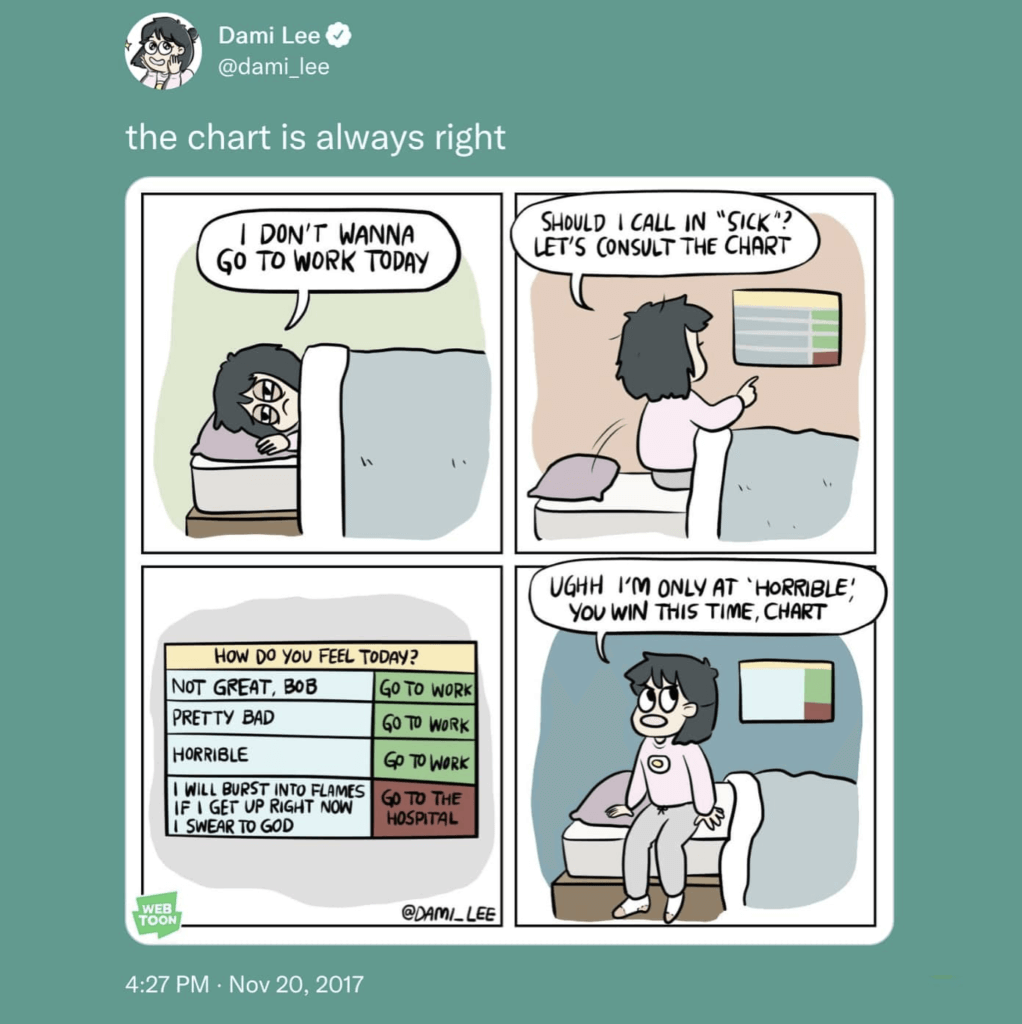
Fast-forward to 2021, the pandemic work-from-home exodus has made it even more difficult to maintain a healthy balance and keep busyness at bay. A survey by Robert Half staffing firm found that 70% of now-remote professionals work weekends.
“Many people feel pressure to keep up with rising workloads and are putting in long hours to support the business and customer needs. But everyone needs time to rest and recharge in order to give their best.”
Paul McDonald, senior executive director of Robert Half(3)
Low absenteeism and occasional grind are probably fine, but permanent busyness comes at a cost. The price tag? A decline in mental wellbeing and an epidemic of cardiovascular-related diseases, as reported by the World Health Organization (WHO).
“Teleworking has become the norm in many industries, often blurring the boundaries between home and work. In addition, many businesses have been forced to scale back or shut down operations to save money, and people who are still on the payroll end up working longer hours.”(4)
Granted, being busy isn’t always a choice. But many remote workers (not pointing fingers) choose busyness over productivity voluntarily. This can be either because the hustle feels good, or what’s more likely, because they struggle to tell the difference.
🥉 Three Dimensions of Work-From-Home Busyness
Time Management
No reasonable “busy or productive” debate is complete without the notion of time. Time dictates every activity and the amount of work we get done throughout the day.
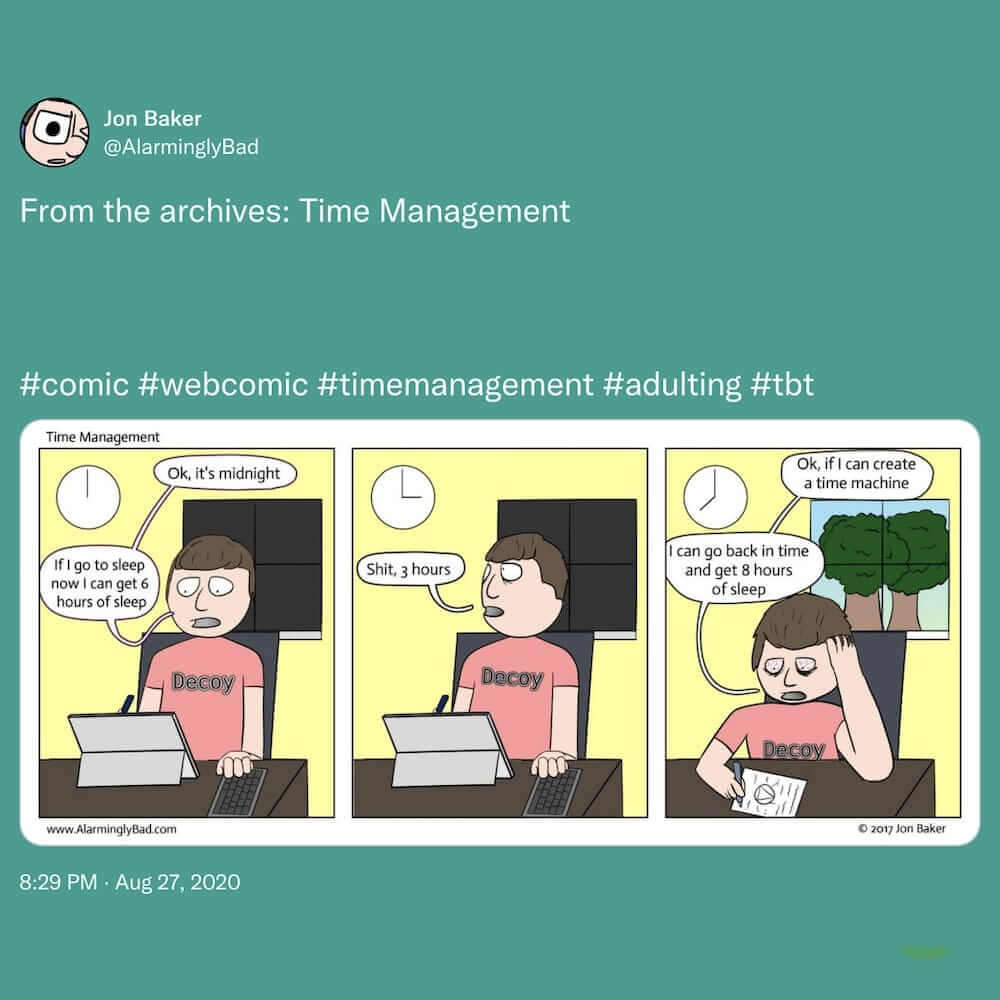
The only problem? When you move from a structured office environment to a volatile and unsupervised remote dimension, time management/accountability falls on you.
“In the absence of clear indicators of what it means to be productive and valuable in their jobs, many knowledge workers turn back toward an industrial indicator of productivity: doing lots of stuff in a visible manner.”
Cal Newport, Deep Work: Rules for Focused Success in a Distracted World(5)
When personal commitments mix with work obligations, we think we’re way more productive than we really are. But it gets even more complicated.
According to the director of Better Lab Life Brigid Schulte, the busier we are, the more difficult it becomes to focus on real work. This leads to what’s called “tunneling” where we tend to prioritize low-value tasks and lack the time for anything else.
“In theory, workers could just ignore any work they didn’t complete before, say, 5 PM, and call it a day. But it’s hard to break out of the tunnel now: Unlike a century ago, when Americans showed their status in leisure time, busyness has become the new badge of honor.”
Brigid Schulte, “Preventing Busyness from Becoming Burnout” at HBR(6)
As Schulte further argues, we compensate for that hectic time management by snatching precious hours of our personal time. Staying in the “busy” loop for too long inevitably disrupts the already strained work-life balance.
How to Improve Your Time Management ⏰
Rebalancing the timesheet calls for a holistic approach. First, you need a clear picture of how your ideal “productive” day should look like. Second, you need to become more mindful of how you spend your time (more on that down below).

Introducing small tweaks to your work-from-home routine is a good starting point. Not sure where to start? Airtasker’s 2020 survey found that 33% of remote employees believe sticking to a set work schedule is the best way to stay productive.(7)
Here are a few tips that’ll help you solve the “busy or productive” equation. 👇
- Track your day in 15-minute increments for one week.
- Take regular breaks and engage in intentional procrastination.
- Focus on how much you get done instead of the actual hours.
- Don’t take your work home… when working from home.
- Act as your own boss and keep yourself accountable.
To help you become more mindful about your daily schedule, we just added a Countdown Timer feature to Taskade. You can now set up a custom timer to track the time spent on a task, focus on your work, and give yourself regular breaks.
To make the most out of our Countdown Timer, apply what’s known as the Pomodoro Technique. Set the timer to 25 minutes, work on a task until the time’s up, and take a 5-minute break. Repeat 3-4 times and take a longer break (15-30 minutes) to unwind.
You can test the timer feature in our Product Demo page. 👈
Attention Management
Learning how to prioritize work is one of the most important soft skills these days. But when you’re removed from the typical office dynamic and haven’t yet mastered that skill, it can be increasingly difficult and frustrating to decide what to focus on.
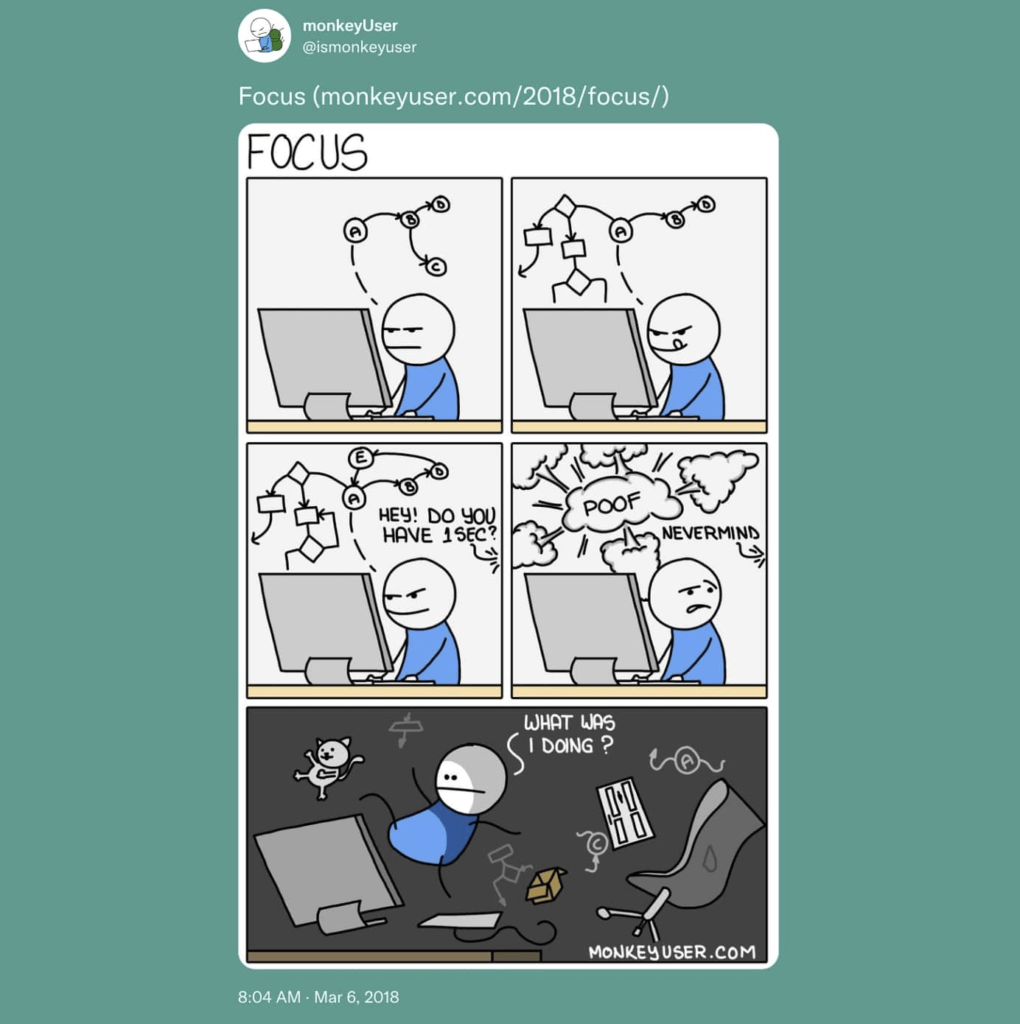
According to Adam Grant, professor of organizational psychology at the Wharton School of the University of Pennsylvania, attention management—the ability to overcome distractions and focus—is key to getting out of the “busyness” loop.
“Attention management is the art of focusing on getting things done for the right reasons, in the right places and at the right moments.”
Adam Grant, “Productivity Isn’t About Time Management. It’s About Attention Management.”(8)
Of course, occasional attention hiccups like multitasking and procrastination are inevitable. But falling for them too often is a major productivity killer since every detraction from the work at hand is burdened by a cognitive cost.
“Although switch costs may be relatively small, sometimes just a few tenths of a second per switch, they can add up to large amounts when people switch repeatedly back and forth between tasks.”
Multitasking: Switching Costs, American Psychological Association(9)
How to Improve Your Attention Management 👁
It would seem that almost two years into a forced remote lifestyle should be enough to strengthen our attention muscles. But we still have a lot to learn in that department.

Even benign attention offenders like background noise can sap focus. But communication hygiene, especially when working as part of a team, is even more important. The good news is moderation can help put things back on track.
“[…] bursts of rapid-fire communications, with longer periods of silence in between, are hallmarks of successful teams. Those silent periods are when team members often form and develop their ideas — deep work that may generate the next steps in a project or the solution to a challenge faced by the group.”
”Successful Remote Teams Communicate in Bursts”(10)
Author of Deep Work: Rules for Focused Success in a Distracted World professor Cal Newport recommends making periods of deep, focused work a constant element of your daily schedule. He calls this strategy “deep scheduling.”
“The idea is also straightforward. I now schedule my deep work on my calendar four weeks in advance. That is, at any given point, I should have deep work scheduled for roughly the next month.”(11)
Managing attention at home is tough. But you can improve your success rate by A) dedicating a portion of your day to deep work, B) flexing the focus muscle as often as possible, and C) removing the typical distractions from your work environment.
Consider these tweaks to stay sharp during the day. 👇
- Identify and eliminate common distractions.
- Consider the cost of multitasking/task switching.
- Incorporate communication blackout into your schedule.
- Default to saying “no” to almost everything (within reason).
- Combine synchronous and asynchronous communication.
Workspace Management
Let’s talk about the final piece of the “busy or productive” puzzle. It’s no secret that an optimal work environment can be a huge productivity driver. On the other hand, a less-than-ideal workspace may be the reason why you’re busy instead of productive.
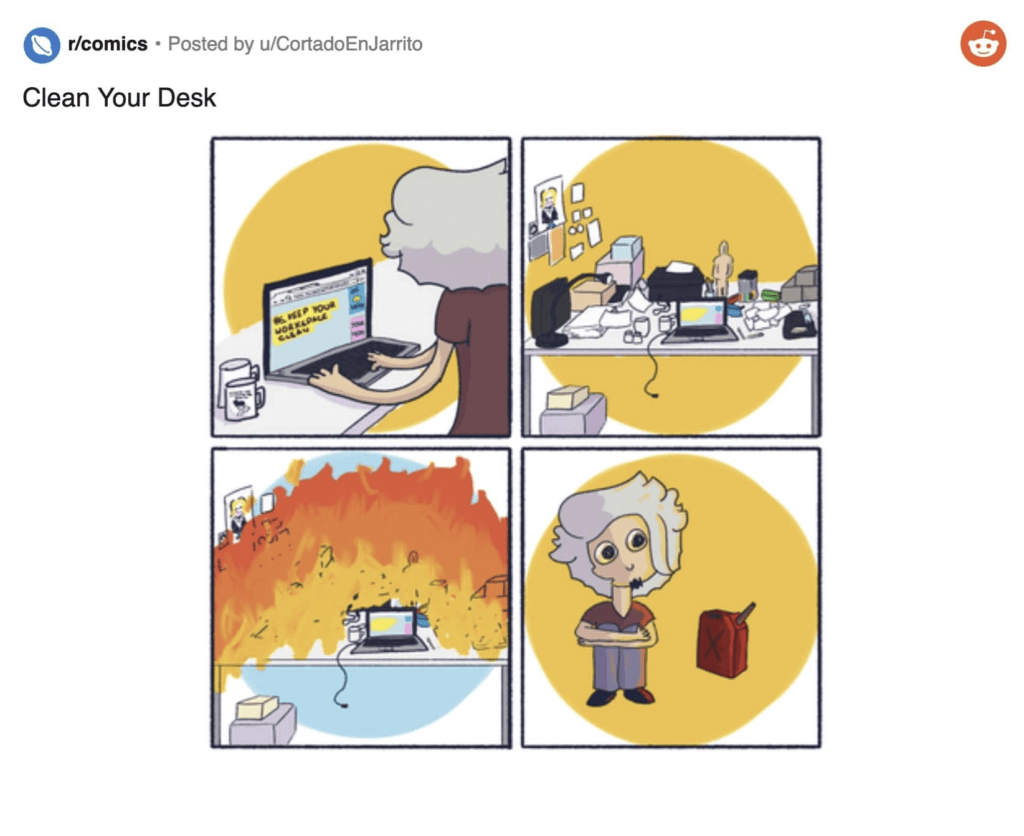
Of course, busyness is also a byproduct of how you organize your digital workspace. Using too many apps or keeping data scattered across multiple cloud storage solutions are not great examples of productivity, especially when they cost you time and money.
“When it comes to your digital workplace tools, more is not always better: these tools impact the workplace experience and keeping track of them can increase employees’ workload. Avoid redundant tools and don’t introduce new tools just because they are trendy.”
Tool Abundance in the Digital Workplace, Nielsen Norman Group(12)
Some people seem to thrive in a disorganized workplace, surrounded by assorted documents, post-it notes, and stationery artifacts. But for the rest of us mere mortals, a clean and minimalist work environment (and digital space) will positively affect work.
How to Improve Your Workspace Management
As much as it’s tempting to build an all-encompassing remote stack, it makes much more sense to keep your digital toolbox as lean as possible. The fewer tools you use, the less cognitive penalty and distractions you’ll suffer from in the long run.

Consider applying the “less is more” philosophy to both your physical and digital workspace. That could mean putting more conservative filters on your inbox, spring-cleaning your cloud storage, or sticking to a self-imposed clean-desk policy.
Here are a few more organizational tips. 👇
- Spend an hour each day to organize your workspace.
- Delegate or automate repetitive tasks.
- Use unified and well-integrated productivity tools.
- Store all login details in a password manager.
- Moderate email use and apply filtering rules.
- Keep your desk clean, unless you thrive in chaos.
👋 So, Do You Want to Be Busy or Productive?
When you work from home, you don’t know how much (or how little) your co-workers achieve during the day. You lack a reference point and can’t tune in to the typical office vibes. That means the definition of “productivity” becomes highly subjective.
The good news is, you can still get work done in a healthy and sustainable way. Following the tips from this article will help you get a firm grip of your time, attention, and work environment. And Taskade will handle the rest.
Taskade is an all-in-one team collaboration and communication platform that brings all aspects of project management under one roof. Manage multiple teams and projects, assign tasks, check progress, and chat with others in one window, in the same app.
🤖 Custom AI Agents: Delegate routine tasks like planning and research to your team of AI Agents, and focus on the work that really matters.
🪄 AI Generator: Describe your daily routine and challenges, and Taskade AI will generate personalized productivity strategies in seconds.
✏️ AI Assistant: Use a set of powerful /AI commands for real-time task management and content creation support in the project editor.
🗂️ AI Prompt Templates Library: Explore a range of AI prompts designed to help you kick-start any personal or business project.
And much more…
🔗 Resources
- https://twitter.com/andregola?lang=en
- https://www.theguardian.com/business/2021/feb/04/home-workers-putting-in-more-hours-since-covid-research
- https://rh-us.mediaroom.com/2020-11-23-Working-Weekends-a-Reality-for-Nearly-7-in-10-Remote-Professionals-Robert-Half-Research-Shows
- https://www.who.int/news/item/17-05-2021-long-working-hours-increasing-deaths-from-heart-disease-and-stroke-who-ilo
- https://www.calnewport.com/books/deep-work/
- https://hbr.org/2019/04/preventing-busyness-from-becoming-burnout
- https://www.airtasker.com/blog/the-benefits-of-working-from-home/
- https://www.nytimes.com/2019/03/28/smarter-living/productivity-isnt-about-time-management-its-about-attention-management.html
- https://www.apa.org/research/action/multitask
- https://hbr.org/2020/10/successful-remote-teams-communicate-in-bursts
- https://www.calnewport.com/blog/2016/12/07/from-deep-tallies-to-deep-schedules-a-recent-change-to-my-deep-work-habits/
- https://www.hermanmiller.com/research/categories/white-papers/can-chair-lower-office-stress/



 14 Best AI Tools for Planning and Running Meetings
14 Best AI Tools for Planning and Running Meetings 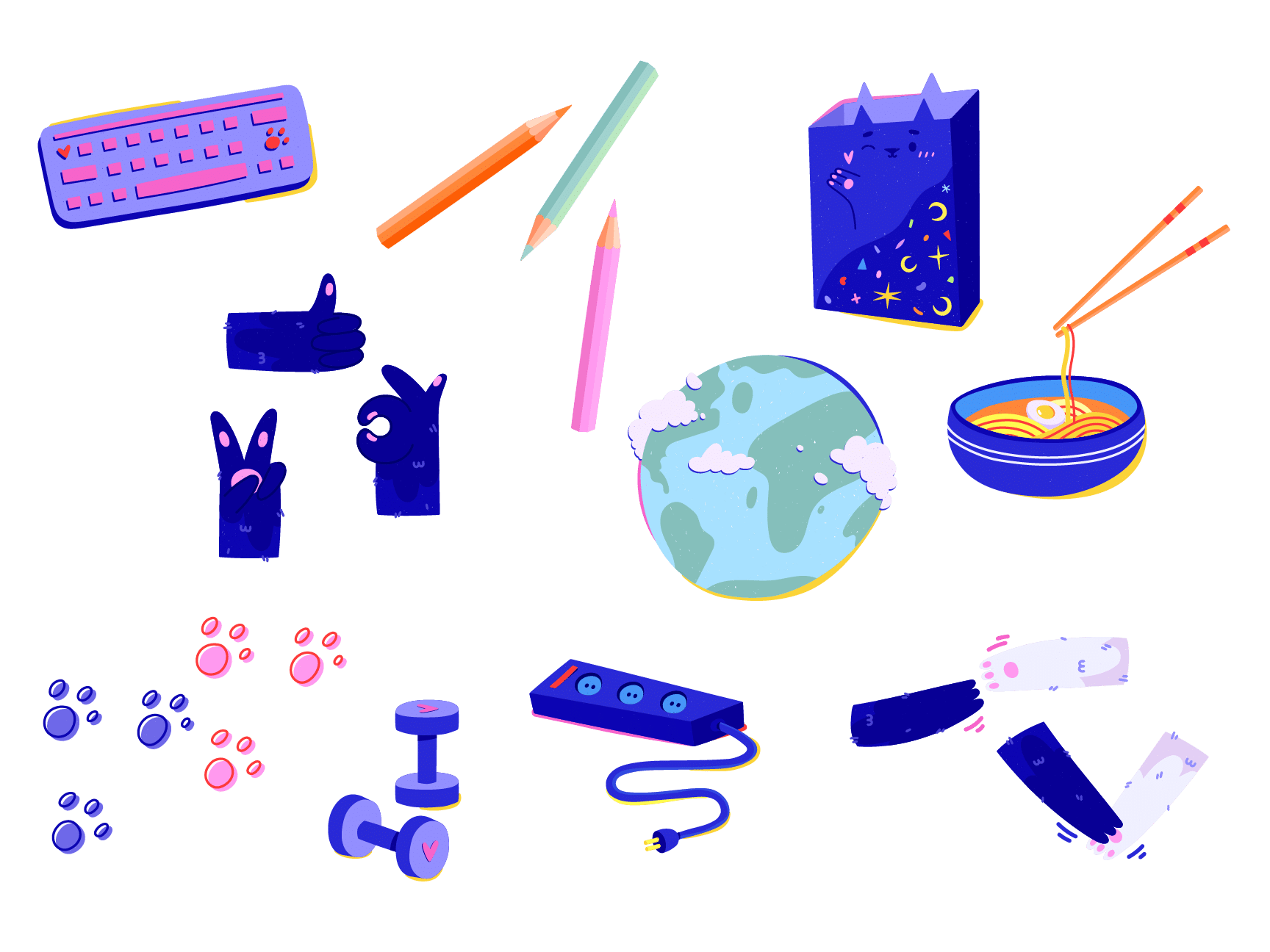 Creating Customer Service SOPs: A Guide for Streamlining Your Support
Creating Customer Service SOPs: A Guide for Streamlining Your Support 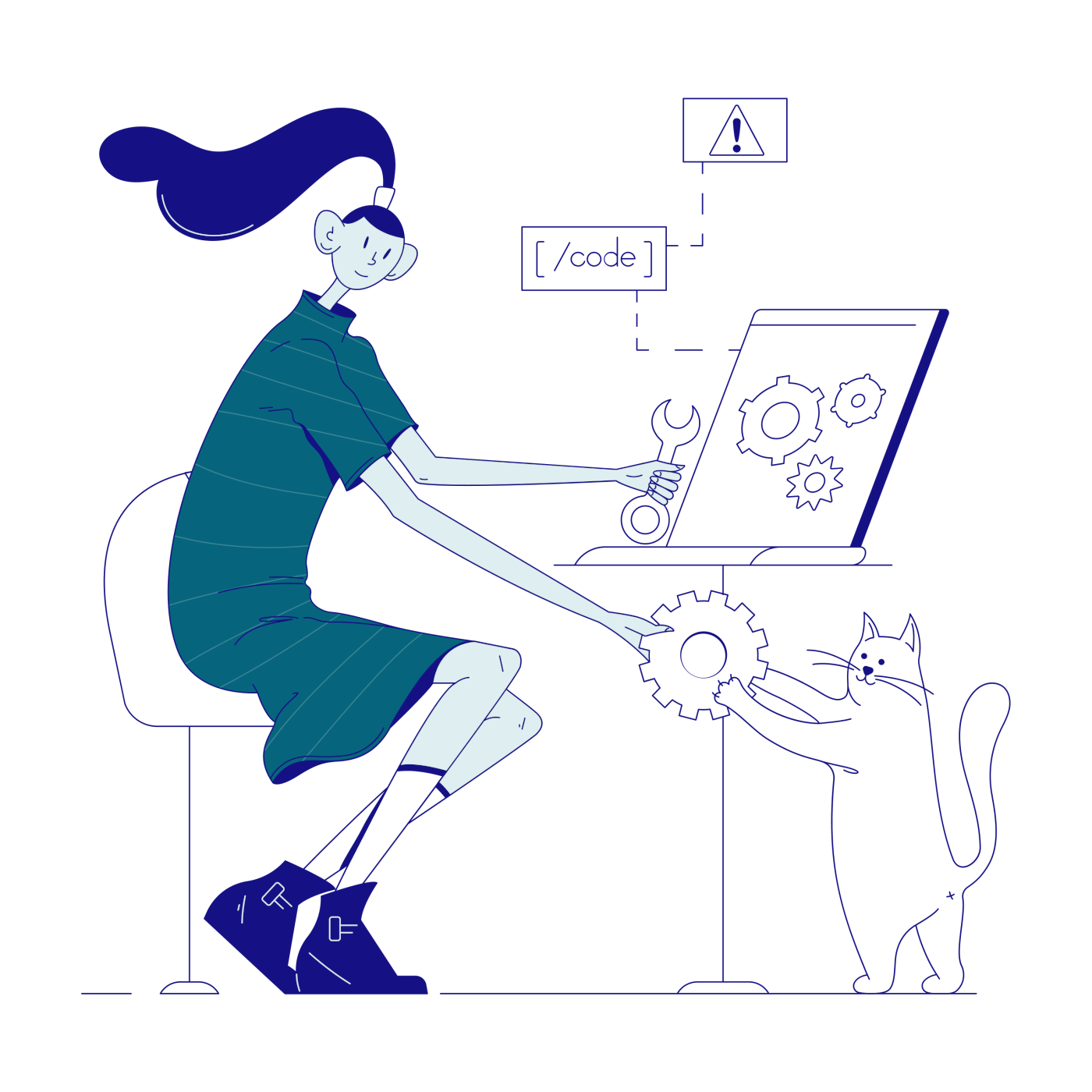 15 Top AI Content Marketing Tools for Remote Teams
15 Top AI Content Marketing Tools for Remote Teams 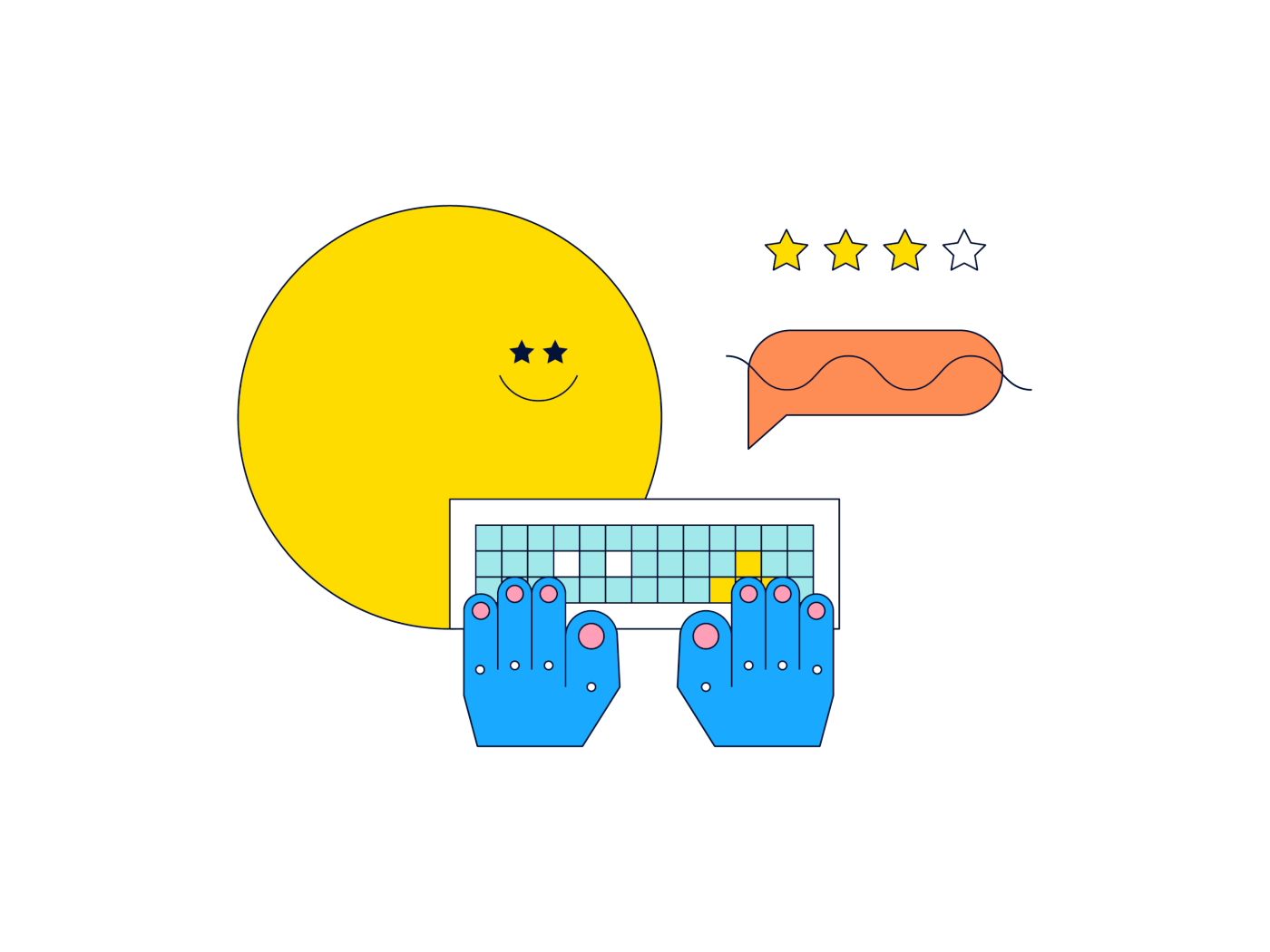 9 Top AI Brainstorming Tools for Virtual Teams in 2024
9 Top AI Brainstorming Tools for Virtual Teams in 2024  14 Best AI Collaboration Tools for Remote Teams (Updated 2024)
14 Best AI Collaboration Tools for Remote Teams (Updated 2024) 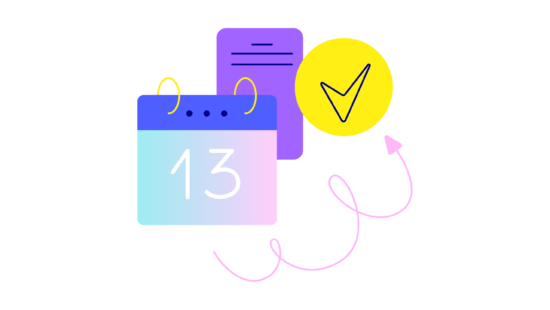 What Are SOPs? Building Effective SOPs With AI in 2024
What Are SOPs? Building Effective SOPs With AI in 2024